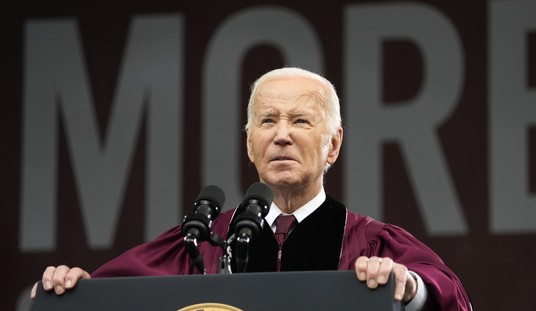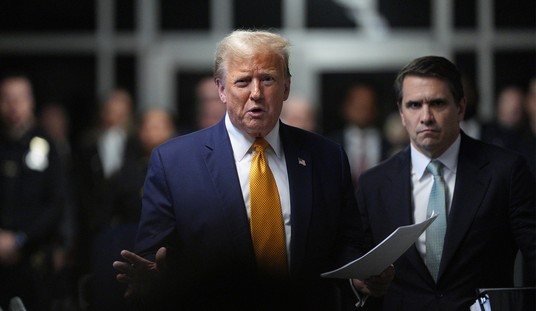Advertisement
The Democratic National Committee, with the approval of President Lyndon B. Johnson engaged in an effort that eventually led to the U.S. Supreme Court ruling on the Fairness Doctrine. What would have been a major scandal had it been discovered, was revealed years later in former CBS News president Fred Friendly’s book “The Good Guys, the Bad Guys and the First Amendment.”
The DNC prepared a kit that it delivered to voters and activist explaining, “how to demand time under the Fairness Doctrine.” In 1964, Wayne Phillips, Director of News and Information for the DNC brought Fred J. Cook, a friend from his journalism days, into the fold to write a piece for The Nation magazine lashing out against conservative talk radio.
According to Friendly’s book, “Because of the close association of James Row with President Johnson and also because of John Bailey’s standing as chairman of the Democratic National Committee, there is little doubt that this contrived scheme had White House approval.”
Bill Ruder, an Assistant Secretary of Commerce in the Johnson administration recalled, “Our massive strategy was to use the Fairness Doctrine to challenge and harass right-wing broadcasters and hope that the challenge would be so costly to them that they would be inhibited and decide it was too expensive to continue.”
The DNC mailed out thousands of copies of Cook’s Nation article to Democratic state and local parties and Democratic officials. The DNC also mailed the article to radio stations, with a letter from DNC counsel Dan Brightman warning that if Democrats are attacked, demands will be made for equal time.
Recommended
Advertisement
The end result was that stations gave Democrats 1,678 free hours of response time resulting from 1,035 letters of complaints, mostly to popular programs of the time such as Clarence Manion, Dan Smoot and Carl McIntire. A proud Phillips wrote, “Even more important than the free radio time was the effectiveness of this operation in inhibiting the political activity of these right-wing broadcasts.”
With Reagan’s election came a “government is the problem” deregulation agenda that included the broadcasting industry. The newly-appointed FCC chairman Mark Fowler started an effort to dismantle the Fairness Doctrine.
“I took office in 1981. One of the things I wanted to do, one of the objectives I had, was to try to strike down as much of the content regulation abridging the First Amendment that says Congress shall make no law abridging freedom of speech or of the press, and view the electronic press as co-equal under the constitution to any other medium including the printed press,” Fowler said.
The FCC provided a thorough report in August 1985 titled “General Fairness Doctrine Obligations of Broadcast Licensees,” explaining why the doctrine was unfair, not constitutional and was not necessary since access to broadcast communications was no longer scarce.
Of great significance, Exhibit A in the report was the testimony of CBS anchorman Dan Rather, the guy some White House officials wanted to protect Reagan from, whose prominence added significant gravitas to the debate, moving out of the ideological realm.
Advertisement
“I can recall newsroom conversations about what the FCC implications of broadcasting a particular report would be,” Rather said. “Once a newsperson has to stop and consider what a government agency will think of something he or she wants to put on the air, an invaluable element of freedom has been lost.”
It was the fourth of August rather than July in 1987 when America’s broadcasters attained independence, or at least a great deal more than they previously had, from the federal government. In a 4-0 vote, the Commission reversed its previous Syracuse Peace Council ruling, and in the process abolished the Fairness Doctrine. The ruling said, “[T]he intrusion by government into the content of programming occasioned by enforcement of [the Fairness Doctrine] restricts the journalistic freedom of broadcasters… actually inhibits the presentation of controversial issues of public importance to the detriment of the public and the degradation of the editorial prerogative of broadcast journalists.”

























Join the conversation as a VIP Member